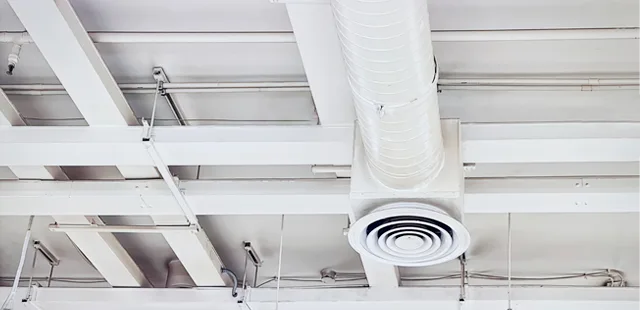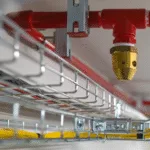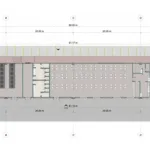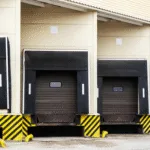julio 18, 2025
Industrial Ventilation and Climate Control Systems: Which One Is Right for Your Facility?
In the world of industrial construction, having the right ventilation and climate control system not only improves working conditions but also directly impacts process efficiency and regulatory compliance. Choosing the ideal system for your facility means evaluating factors such as indoor temperature, humidity, air circulation, the type of industrial processes involved, and, of course, occupant safety.

Why Is a Good Industrial Ventilation System Important?
The main goal of industrial ventilation is to renew indoor air, remove contaminants, and regulate temperature and humidity inside the facility. A poor system can lead to the buildup of gases, airborne particles, excessive heat or cold, and even pose health risks to workers.
Key Benefits:
- Improves indoor air quality
- Reduces excess humidity
- Controls temperatures in enclosed spaces
- Complies with environmental and workplace safety regulations
- Boosts productivity by creating a more comfortable work environment
Types of Industrial Ventilation and Climate Control Systems
1. Natural Ventilation
This method uses the circulation of outdoor air through strategically placed openings (such as skylights, louvers, or wall and roof vents).
Advantages:
- Low energy consumption
- Minimal maintenance
Best suited for:
Facilities with good orientation, mild climates, and operations without harmful emissions.
2. Mechanical Ventilation
This system uses extractors, blowers, and ductwork to control airflow based on the space’s specific needs.
Advantages:
- Full control of indoor air
- Option to integrate filters and sensors
Best suited for:
Spaces with high worker density, emission of particles or gases, or constant thermal requirements.
3. Industrial Air Conditioning (HVAC Systems)
Heating, Ventilation, and Air Conditioning (HVAC) systems that regulate temperature, humidity, and air quality.
Advantages:
- Precise thermal control
- Integration with industrial automation systems
Best suited for:
Pharmaceutical, food, electronics industries, or any operation sensitive to environmental changes.
How to Choose the Right System?
Factors to Consider:
- Local climate conditions
Is your facility in a humid, dry, hot, or mild area? - Type of industrial processes
Do your operations generate heat, gases, particles, or vapors? - Space volume
How large is the facility and how many people work inside? - Energy consumption and maintenance
Consider the long term total cost of ownership.
Professional Recommendation
Before installing a ventilation or climate control system, it’s essential to carry out a technical assessment of the environment considering airflow, hot zones, humidity levels, and spatial distribution. A company specialized in industrial construction engineering can help you design an efficient, scalable system aligned with your operational goals.
Conclusion
Not all ventilation or climate control systems are the same. Choosing the right one can make the difference between a basic facility and a truly efficient operation. Evaluate your needs at TESSIN, we help you choose the option that improves both productivity and safety in your industrial spaces.






